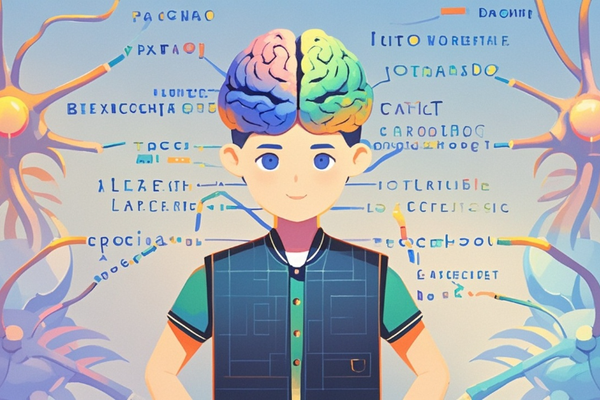谷歌大模型与人脑信号的对齐:语言理解生成机制的新突破
研究背景
语言是人类交流的基础,理解语言的机制是人工智能(AI)研究的热门领域。 recent research by Google has revealed striking similarities between large language models (LLMs) and human brain activity in language processing. This discovery has garnered significant attention, as it suggests that AI technology has achieved a major breakthrough in language understanding, mirroring the way human brains work.
研究发现
Google’s latest study, published in Nature, demonstrates a linear relationship between the internal embeddings of LLMs and neural activity in the human brain during language processing. This finding indicates a high degree of consistency between LLMs and human brains in language understanding and generation mechanisms.
研究方法与结果
Google’s research team compared the neural activity in real conversations with the internal embeddings of LLMs that convert speech to text. They found a linear relationship between the two, proving that LLMs mimic human brain information processing to a certain extent. Furthermore, both LLMs and human brains exhibit a high degree of consistency in the sequence of language generation: first, planning; then, articulation; and finally, hearing one’s own voice. This consistency suggests that Google’s LLMs and human brains share a similar understanding and generation mechanism for language.
研究影响与展望
This groundbreaking research not only solidifies Google’s leading position in AI but also opens up new avenues for future research in neural networks and language models. As deep learning technology continues to advance, it will further drive AI applications in language processing, providing a broader landscape for exploring language understanding and generation mechanisms.
结语
Google’s discovery of the alignment between large models and human brain signals is an exciting development that highlights the fascinating connection between AI technology and neuroscience. This finding will significantly impact the development of future intelligent systems and deepen our understanding of language understanding and generation mechanisms.

